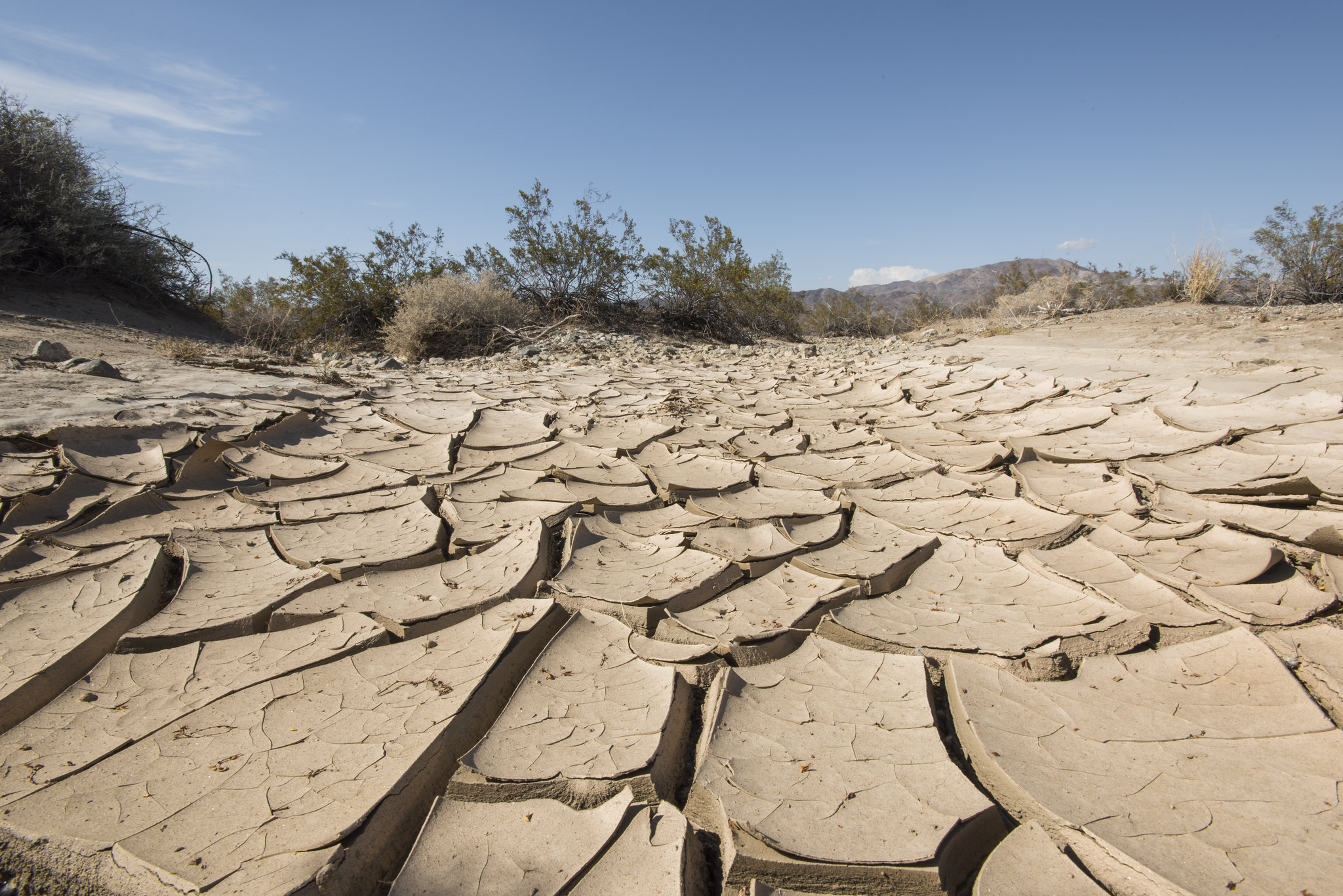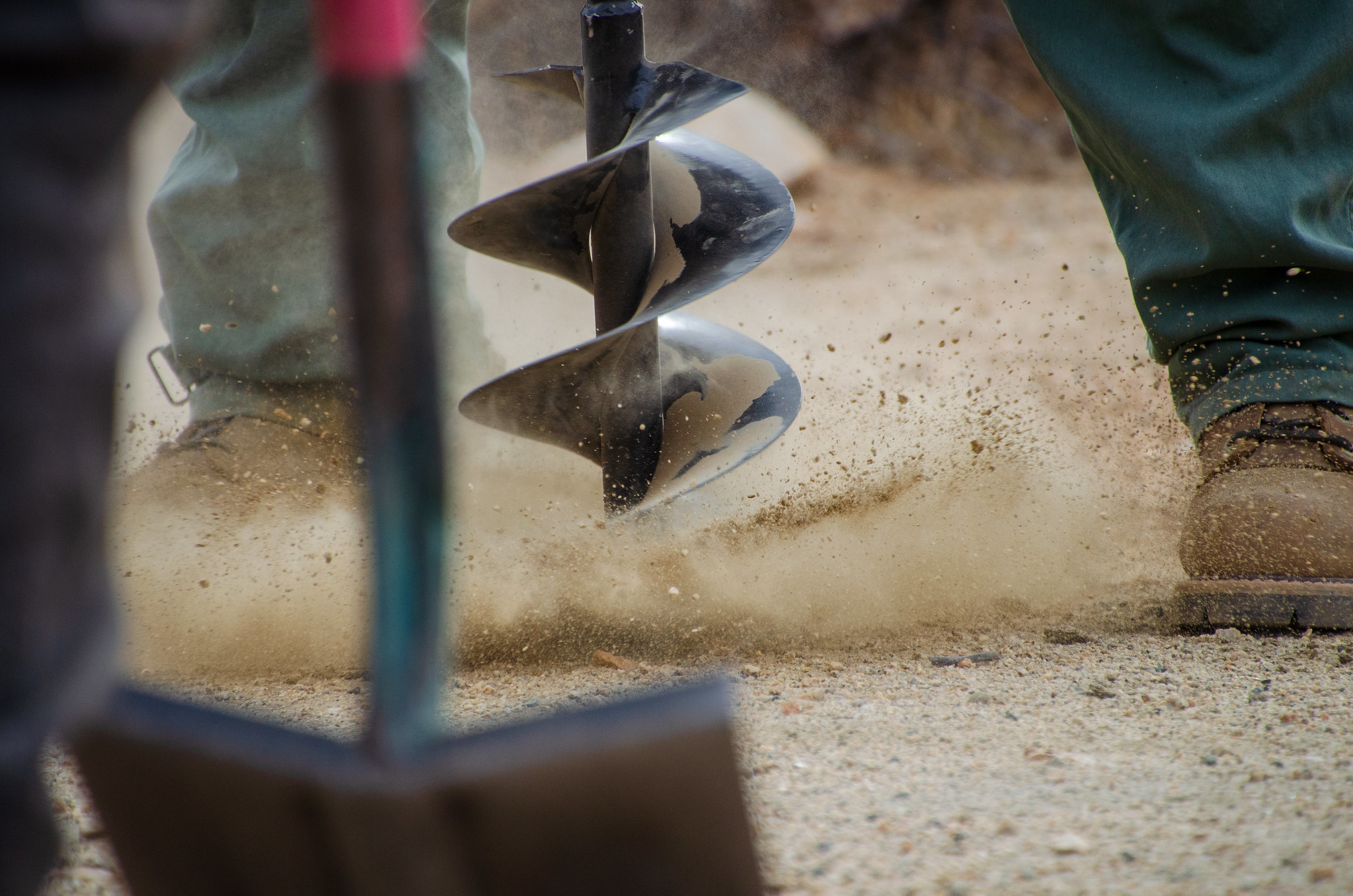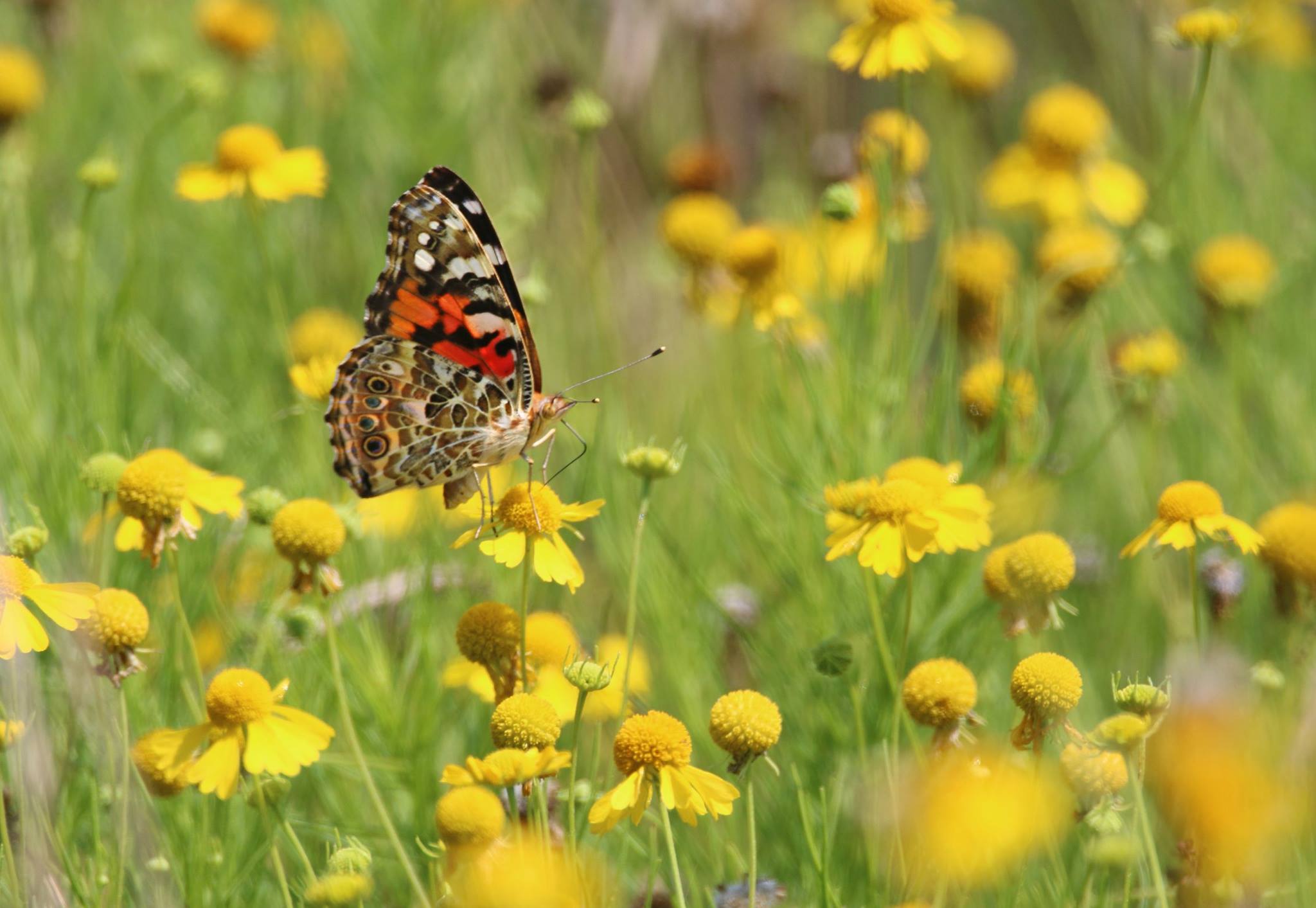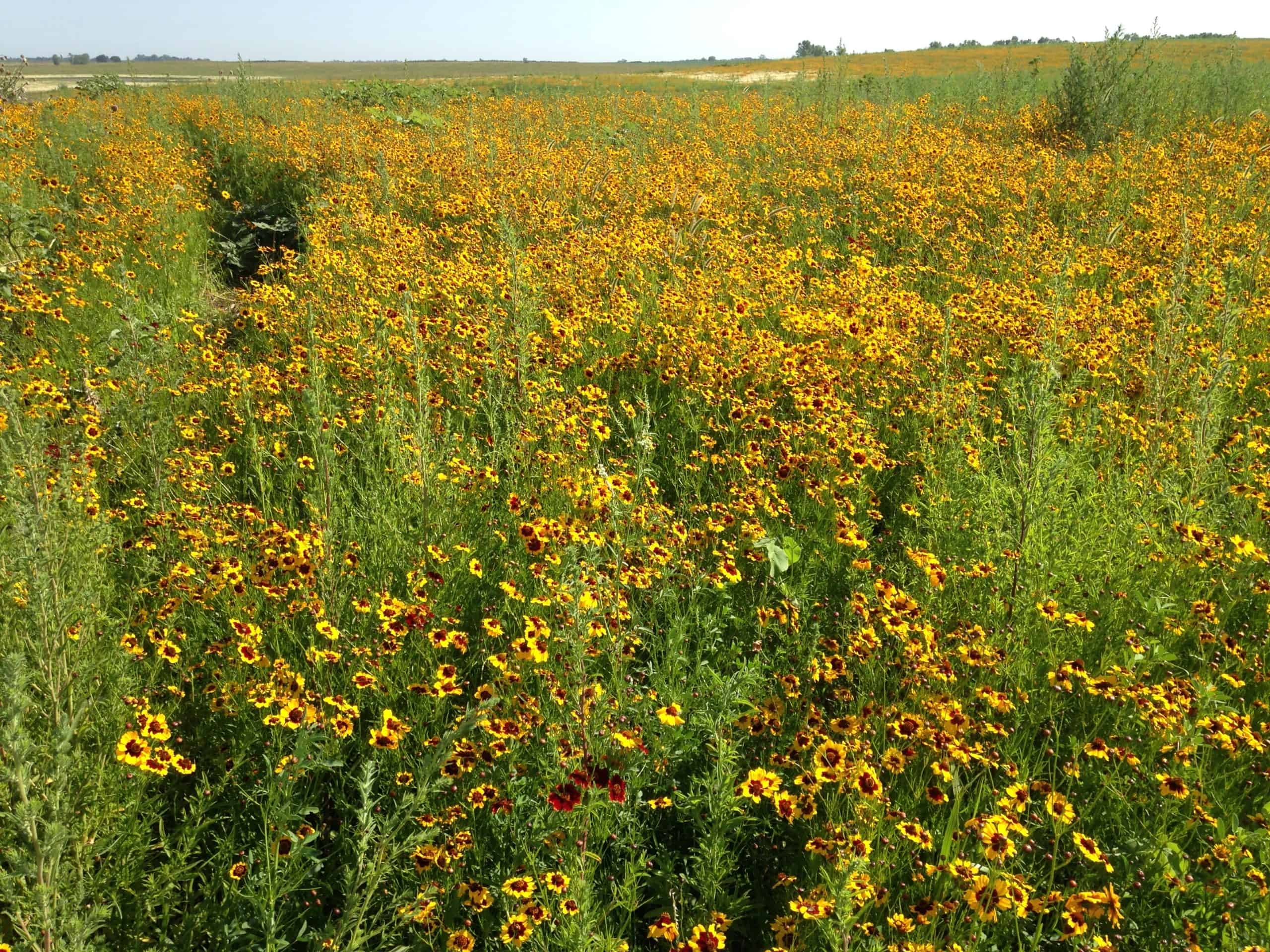Carbon Sequestration, Water Conservation, and Biodiversity Benefits
As we witness the undeniable shifts in our climate—rising temperatures, unpredictable weather patterns, and disruptions to ecosystems—many of us are searching for ways to help reverse or mitigate the damage. While it may seem overwhelming, the solution can be found in something as simple and beautiful as the plants we choose to cultivate. Native plants, which have evolved alongside local wildlife, offer a unique and powerful way to fight against the effects of climate change. In this article, I’ll explore the vital role native plants play in combating global warming and how you can incorporate them into your own life to contribute to a greener future.
Understanding the Climate Crisis
The impacts of climate change are all around us: wildfires, flooding, habitat loss, and disappearing species. The rise in greenhouse gases, primarily carbon dioxide, has trapped more heat in our atmosphere, causing the earth’s temperature to rise. The resulting weather patterns—intense heatwaves, prolonged droughts, and erratic rainfall—are stressing our natural ecosystems and making it harder for both humans and wildlife to thrive.
What’s often overlooked, however, is the connection between our natural environment and the climate. The plants and trees around us act as nature’s lungs, absorbing carbon dioxide and releasing oxygen. But not all plants are created equal in their ability to fight climate change. That’s where native plants come in.
Native Plants and Their Role in Carbon Sequestration
Native plants are uniquely adapted to their environment, meaning they can thrive without the need for heavy watering, chemical fertilizers, or pesticides. One of the most important benefits of native plants in the fight against climate change is their role in carbon sequestration.
Carbon sequestration refers to the process by which plants absorb carbon dioxide (CO2) from the atmosphere and store it in their roots, stems, and leaves. Native plants, because they are well-suited to the local environment, tend to have deeper and more extensive root systems, which allows them to store more carbon in the soil over time. Healthy, well-established native plant communities can act as carbon sinks, drawing down CO2 from the atmosphere and helping mitigate the effects of global warming.
Native Plants and Water Conservation
Another important factor in addressing climate change is conserving water. As droughts become more frequent and severe, it’s crucial to use water efficiently—especially in landscaping. Native plants require less water than non-native species, which often rely on frequent irrigation to survive in climates that aren’t suited to them. This makes native plants an excellent choice for water conservation efforts.
By planting native species, we can reduce our reliance on irrigation systems, conserving valuable water resources for communities and ecosystems that are already under stress. Additionally, native plants tend to be more resilient in the face of drought conditions, making them better equipped to handle the changing climate.
Native Plants and Biodiversity
Native plants play a critical role in supporting local wildlife. They provide food, shelter, and nesting sites for a variety of animals, from pollinators like bees and butterflies to birds and mammals. These plants have co-evolved with local ecosystems, meaning that they are perfectly suited to the needs of the native animals around them.
In contrast, non-native plants—especially invasive species—often lack the ecological relationships that support local wildlife, which can lead to a decline in biodiversity. As climate change accelerates, maintaining biodiversity is essential to ecosystem resilience. By planting native plants in our gardens, yards, and public spaces, we support the survival of the plants, animals, and insects that help maintain a balanced ecosystem. These interconnected webs of life are essential for climate stability, helping regulate everything from water quality to pollination.
How You Can Help
You might be wondering how you can make a difference in the fight against climate change using native plants. The good news is that you don’t need a sprawling garden or acres of land to get started. Here are some simple steps to bring the power of native plants into your life:
- Plant a Native Garden: Research the native plants that thrive in your region and start a small garden in your backyard. Even a small patch of native flowers, shrubs, or trees can make a big difference.
- Support Local Conservation Groups: Many environmental organizations focus on restoring native habitats. You can get involved by volunteering, donating, or spreading the word about their work.
- Educate Others: Talk to your friends, family, and neighbors about the benefits of native plants. Share articles, resources, and personal experiences to inspire others to make the switch.
- Shop for Native Plants: Choose native plants for your landscaping needs rather than non-native species. Local nurseries often carry native varieties, and you’ll be supporting sustainable, climate-conscious businesses by shopping there.
Planting for a Better Future
The connection between native plants and climate change is a beautiful reminder of how small, thoughtful actions can have a big impact. By embracing native plants, we’re not only creating more sustainable landscapes, but we’re also taking part in a global effort to combat climate change. Every native plant you grow, every seed you plant, contributes to a healthier, more balanced world. Together, we can turn the tide on climate change, one garden at a time.
FAQ
Native plants contribute to climate change mitigation by sequestering carbon in their deep root systems, conserving water, and supporting biodiversity. Unlike many non-native species, they thrive without excessive watering, fertilizers, or pesticides, making them a sustainable choice for the environment.
Carbon sequestration is the process by which plants absorb carbon dioxide (CO2) from the atmosphere and store it in their roots, stems, and leaves. Native plants, with their extensive root systems, store more carbon in the soil, reducing greenhouse gases and helping to slow global warming.
Because they are adapted to local climates, native plants require significantly less water than non-native species. They reduce the need for irrigation, which is crucial in areas experiencing drought due to climate change. Their deep roots also improve soil structure, reducing runoff and erosion.
Yes! Native plants provide essential food and shelter for local wildlife, including pollinators like bees, butterflies, and birds. They maintain ecological balance, whereas invasive species often outcompete native plants and disrupt these important relationships.
Examples vary by region, but some climate-friendly native plants include:
Milkweed (Asclepias spp.) – Supports monarch butterflies and sequesters carbon.
Switchgrass (Panicum virgatum) – A deep-rooted grass that stores carbon and prevents erosion.
Coneflower (Echinacea purpurea) – Provides nectar for pollinators and is drought-tolerant.
Oak Trees (Quercus spp.) – Act as carbon sinks and support diverse wildlife.





